Tirana Archaeological Museum
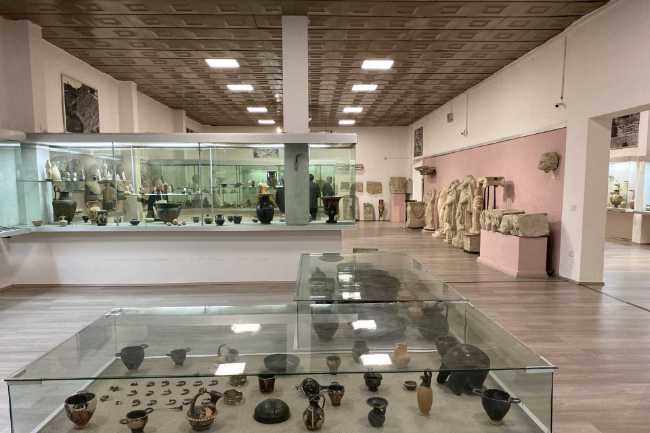
Just off Mother Teresa Square, the Tirana Archaeological Museum offers a fascinating window into Albania’s ancient roots. As the country’s first post–World War II museum, it showcases over 2,000 artifacts spanning from the Paleolithic era to the Middle Ages. Visitors can trace the evolution of Illyrian culture through tools, pottery, sculptures, and burial objects, with highlights from key sites like Apollonia and Durrës. The museum’s layout follows a chronological path, making it easy to follow Albania’s historical development—from prehistoric settlements and Greek colonies to Roman influence and medieval continuity. Sculptures and mosaics bring daily life and spiritual beliefs to light, while the famed Koman artifacts illustrate the cultural bridge between antiquity and the medieval world. Though modest in size, the museum’s depth and clarity make it a rewarding stop for history lovers and curious travelers alike. Its central location and quiet atmosphere offer a peaceful contrast to Tirana’s vibrant streets.
Tirana AlbaniaThe Tirana Archaeological Museum, officially known as the National Archaeological Museum, is located at Sheshi Nënë Tereza 3, on the eastern side of Mother Teresa Square, near the University of Tirana. Established in 1948, it was the first museum opened in Albania after World War II and houses an impressive collection of over 2,000 artifacts, ranging from the Stone Age to the Middle Ages, including Illyrian jewelry, Roman statues, and Byzantine icons. The museum’s location places it at the southern end of Tirana’s main boulevard, making it easily accessible from the city center and within walking distance of several key sites. Nearby, visitors can explore the lively Mother Teresa Square itself, which often hosts public events and is surrounded by important institutions such as the University of Tirana, the Palace of Congresses, and the Grand Park of Tirana, perfect for a relaxing stroll after your museum visit. The area is also dotted with cafes and green spaces, offering a pleasant atmosphere for tourists interested in both culture and leisure. This central location makes the museum an ideal starting point for discovering the historical and academic heart of Tirana.
 Muzeu Historik Kombëtar
Tirana
Muzeu Historik Kombëtar
Tirana
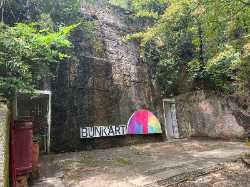 Bunk’Art 1
Tirana
Bunk’Art 1
Tirana
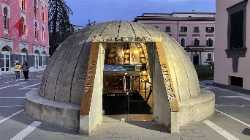 Bunk’Art 2
Tirana
Bunk’Art 2
Tirana
 House of Leaves
Tirana
House of Leaves
Tirana
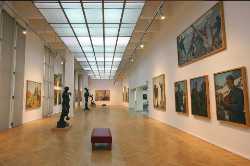 National Gallery of Arts
Tirana
National Gallery of Arts
Tirana
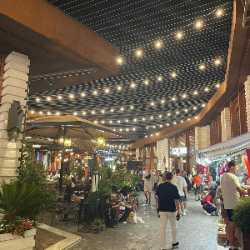 Kalaja e Tiranës
Tirana
Kalaja e Tiranës
Tirana
 Presidential Palace of Tirana
Tirana
Presidential Palace of Tirana
Tirana
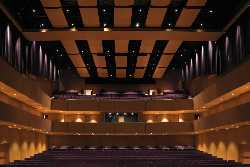 National Theatre of Opera and Ballet
Tirana
National Theatre of Opera and Ballet
Tirana
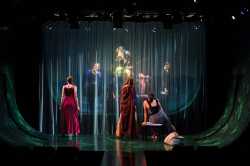 Kujtim Spahivogli
Tirana
Kujtim Spahivogli
Tirana
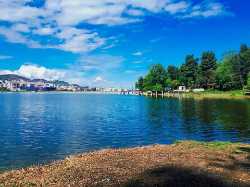 Grand Park of Tirana
Tirana
Grand Park of Tirana
Tirana
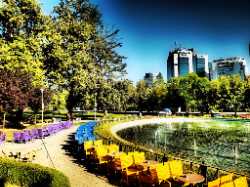 Rinia Park
Tirana
Rinia Park
Tirana
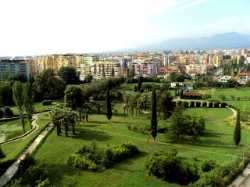 Botanical Garden of Tirana
Tirana
Botanical Garden of Tirana
Tirana
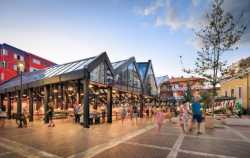 New Bazaar
Tirana
New Bazaar
Tirana
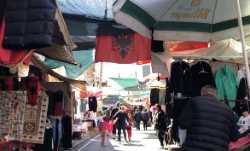 Tregu Çam
Tirana
Tregu Çam
Tirana
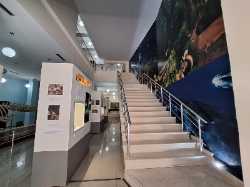 Museum of Natural Sciences Sabiha Kasimati
Tirana
Museum of Natural Sciences Sabiha Kasimati
Tirana
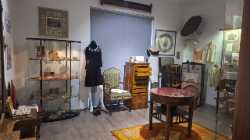 MiG - Women's Museum
Tirana
MiG - Women's Museum
Tirana
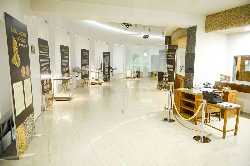 Museum of the Bank of Albania
Tirana
Museum of the Bank of Albania
Tirana
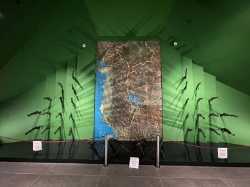 Armed Forces Museum
Tirana
Armed Forces Museum
Tirana
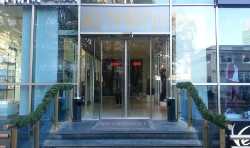 Metropol Theatre
Tirana
Metropol Theatre
Tirana
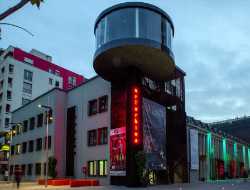 ArTurbina
Tirana
ArTurbina
Tirana
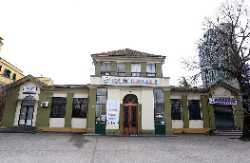 Tirana Puppet Theatre
Tirana
Tirana Puppet Theatre
Tirana
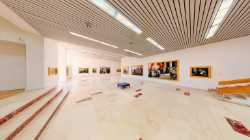 Galeria Kombëtare e Arteve
Tirana
Galeria Kombëtare e Arteve
Tirana
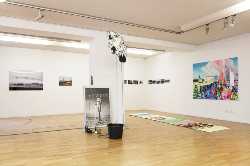 ZETA Center for Contemporary Art
Tirana
ZETA Center for Contemporary Art
Tirana
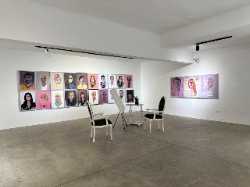 FAB Gallery
Tirana
FAB Gallery
Tirana
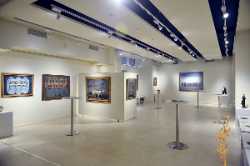 Kalo Gallery
Tirana
Kalo Gallery
Tirana
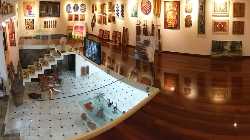 Art Gallery E. Rira
Tirana
Art Gallery E. Rira
Tirana
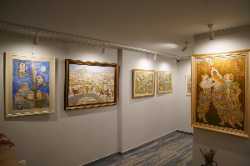 Gallery 43
Tirana
Gallery 43
Tirana
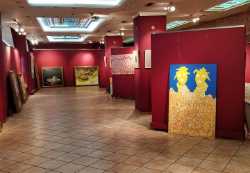 Mezuraj Museum
Tirana
Mezuraj Museum
Tirana
 Bazament Art Space
Tirana
Bazament Art Space
Tirana